Jay Ullal at 87 sifts through his kingdom of memory like a superstar looking back at his life with blowtorch intensity; if we are his audience, then we have to consider the person that he is. He is easy with new technology and does not frown on the technical glitches of a ZOOM call, all the way to Hamburg. Ullal is a photographer – a man with a long career in news photography including three decades of work at Stern magazine in Germany, covering war and conflict across Lebanon, Iraq, Iran, Vietnam, Afghanistan, Nicaragua and North Korea. His lifework, in essence befits the meaning of the German word, geselleschaft translated into English as ‘the state of being a journeyman’. Ullal’s body of work can fill rooms, including some iconic images of Indira Gandhi with a cat, Yasser Arafat without his kaffiyeh and the Dalai Lama repairing his watch. His subjects include world leaders, film stars, political giants and most recently orangutans in Borneo for his book, Thinkers of the Jungle. Like a true documentarian, the backstories to his photographs remain in his memory- concrete, physical and palpable as though he is retelling an assignment from yesterday. And as a storyteller, his warmth and friendly presence leaps out of the screen. Once we overcome the blinking Wi-Fi problems, he is quick to remember the photograph he took of Jawaharlal Nehru as ‘The Worried Prime Minister’ after the China attack on India in 1962.
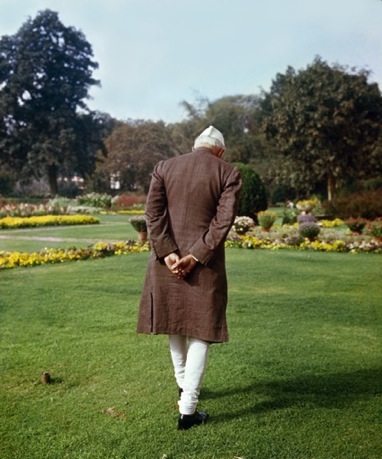
Jay asked the then Prime Minister of India to pluck a rose from his garden and pin it on his jacket, to which Nehru replied, “My dear friend, I have already done that and I can’t do it again”. Jay insisted and the PM obliged the 24 year-old photographer. He got the photo he was looking for, but he laughs remembering the episode, “By the way, I took the photograph of him plucking a rose. But nobody wanted it”. Lo and behold! I was talking to one of the greatest photographers of our time and my excitement could not be contained.
The most anticipated question to a master photographer has to do with quizzing them on what they look for through the viewfinder and on most occasions the answer you get in return is not so complicated, if not somewhat clichéd. And Jay when asked the same is candid about what he set out for, “I wanted to take informal pictures because formal pictures anybody can take, you know.”
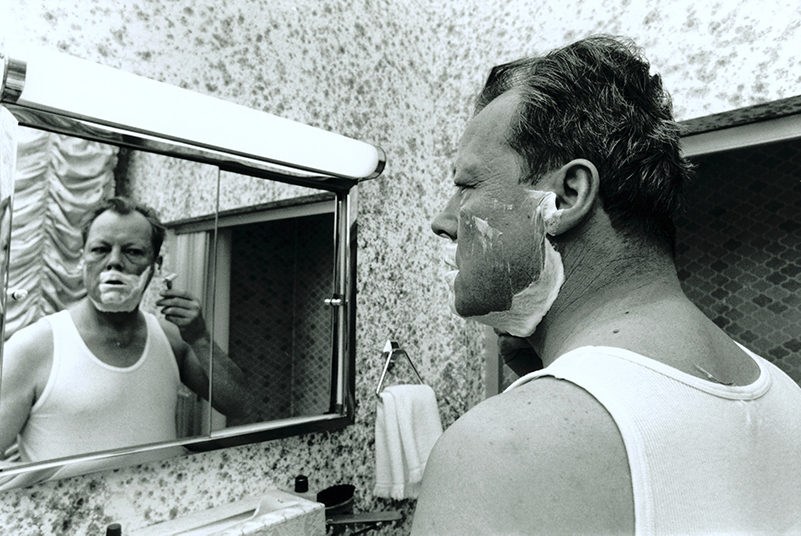
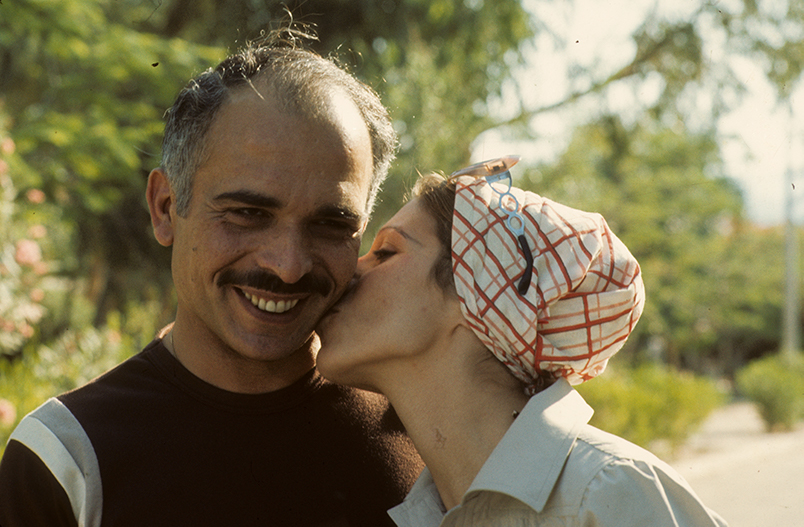
‘Then definitely, there was war, war, war’ and he lights up his cigarillo. He is one of the few survivors from the golden age of war photography having captured every major conflict from Vietnam to Lebanon through the 70’s in the Middle East and Afghanistan. He finds himself deeply upset with the unexpected demise of his colleagues from Stern who were shot dead while on duty. “We were not suicide commandos or self-mode commandos, we were there to capture and send the material back to office; the evidence of the bad things in the world. Wars are never a success; nothing ever comes out of a war.” As a dedicated documentarian of tragedy and suffering in war zones for the weekly magazine, he stresses upon the primary job of a photographer: to show the public what is actually happening in front of your eyes. “I clicked the photo, whether they would kill me or not, that was secondary,” says Ullal.

In the mid 70s, while waiting to film an interview with Hafez al-Assad in Syria, Jay caught the news on BBC that the Palestinians had entered and conquered Damour, a small Christian neighborhood in the south of Beirut. His next move was to take a ride with a newspaper van, as they were the only ones who had been issued permission to go fro Damascus to Beirut and he made it to Damour, early next morning. He is the only photographer to have captured the Damour massacre on camera on the day it took place, on 20th January 1976. “These people straightaway killed all the old people. At one place, an old couple was lying on the floor and one man came with the gun to kill them.” Jay had reached to take his shots too, and the moment he went for it, his camera flash exposed the scene of the dimly lit room. “The gunman got shocked with the flashlight and went away. We published that photograph on a double page.”

Later the director of the Middle East Airlines telephoned Jay to thank him for the photograph that ‘saved’ his parents lives. The master’s uncompromising search for ‘untold and unknown stories’ with his camera as his chosen weapon, not as a voyeur but as a man with a committed task to uncover the devastating consequences of war; his photographs cut through the fog of its time, the material silence of its perpetrators and outline the suffering of the people. “I am not bothered to take photographs of the dead bodies of the soldiers because they are on their duty and they may die or may not. I am interested in the price of war paid by the civilians,” says Ullal.
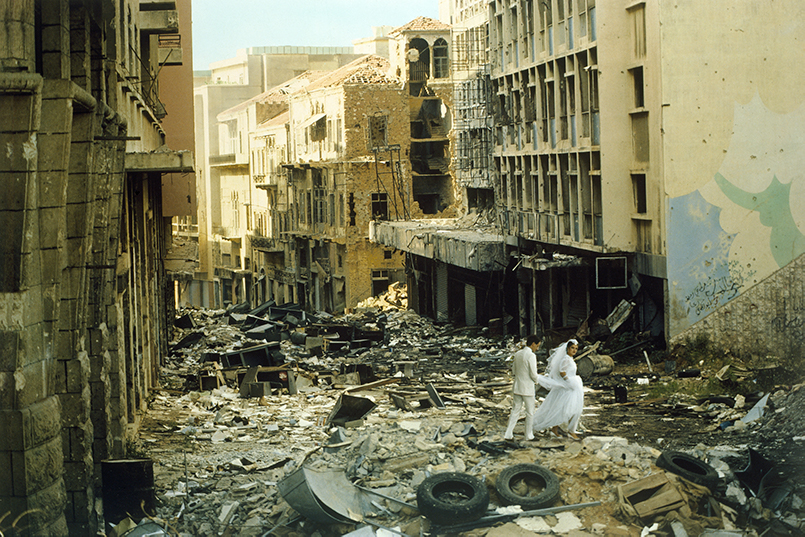
In nine years of photographing the Iraq-Iran war, for which he visited both the countries, Jay soon found himself torn between his duty as a documentarian and as an ordinary citizen, witnessing the death of innocent civilians. “ In the Vietnam war, Americans used to shoot blindly, just to make a sound and that I did not like. They would take 5-6 photographers, journalists on a helicopter and give us a lunchbox with Coco-Cola. We were told to not photograph till given the order. We would have to wait and see the soldiers masking their faces with black paint and then we could photograph.” On his return, Jay in his meandering soliloquies went to the Chief Editor of the magazine and told him that he would never go back to Saigon to cover the war. But the photojournalist continued to document the horrors of the world.
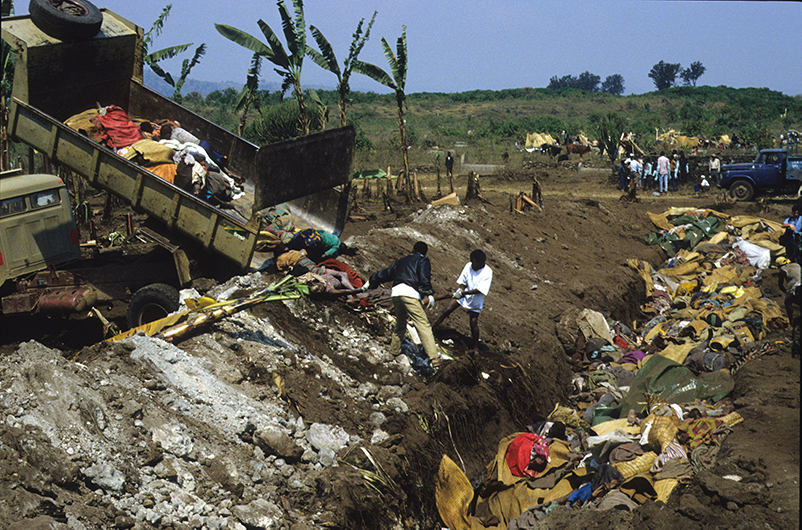
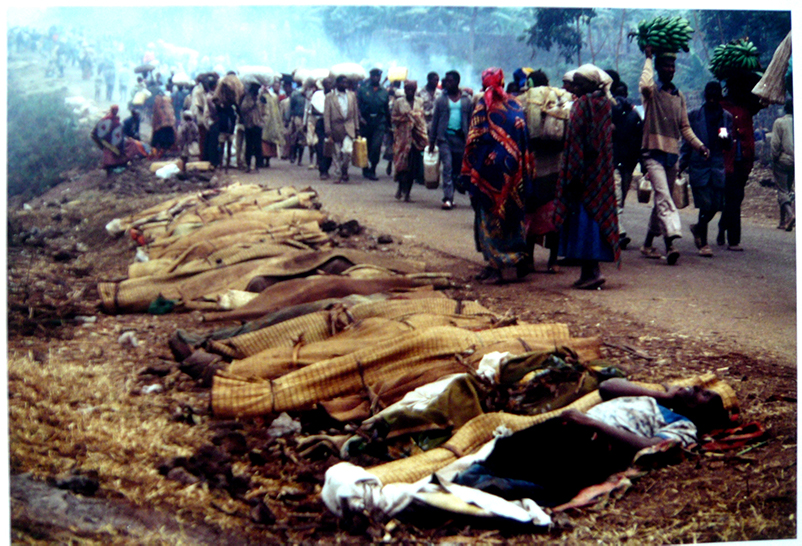
“Politicians make mistakes, knowingly or unknowingly, whatever the case maybe. But we are journalists and we have to show the real thing to the public. We are peace lovers but things happen and we have to make photographs”, says Ullal, who was awarded Germany’s highest civilian honor in 1998 for his contribution to humanity and culture.
Behind his indelible photojournalism and risk- taking attitude is a shy boy from Mangalore who dared to dream big. He breaks into a laugh remembering his days as a young photographer for Times of India in New Delhi. “I would go to the Lufthansa Airlines office every Thursday to look through the Stern Magazine, the receptionist there would see me and say ‘Hey! Our Stern boy is here.”
Fourteen- year- old Jay’s first camera was a Rolleiflex that his brother’s friend left behind at his house in Mangalore in 1947, then a small port city along the southern coast of India. Jay’s mother had safely kept the camera in the cupboard but he managed to sneak it out and take it to school. In a matter of six months, till the same friend finished his college semester and returned to take back his camera, Jay was known amongst his peers as ‘Photographer’. “I would take portraits of mostly girls in my school and the results were beautiful. They would enlarge the prints. It made them very happy”. And that is how Jay fell in love with photography.
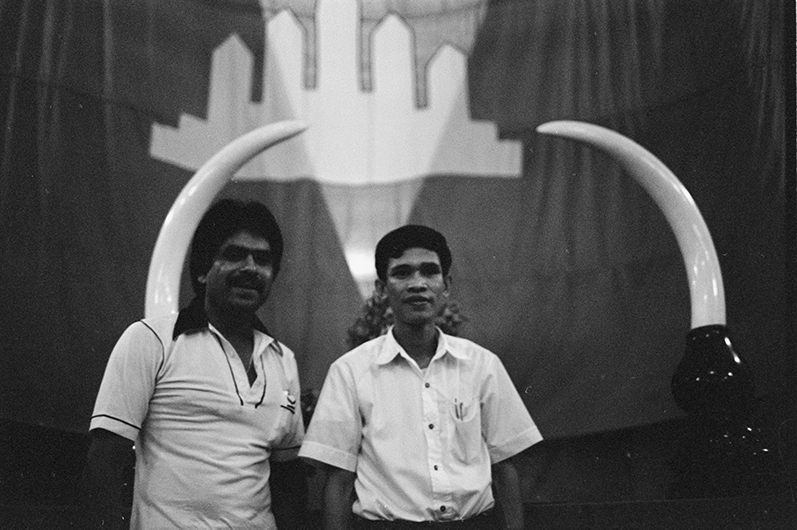
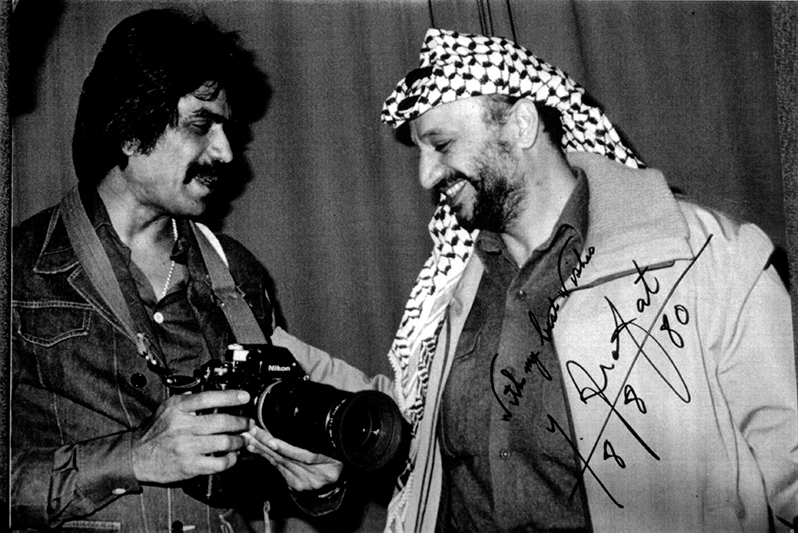
He does not hesitate to admit that at Stern he was the highest paid photographer of his time. “Between 1970-80, I was going to warzones all the time, I would have to bluff my wife Rajni into believing that I was going for a different story. Otherwise, she would worry for me.” But on several other occasions, his wife accompanied him.
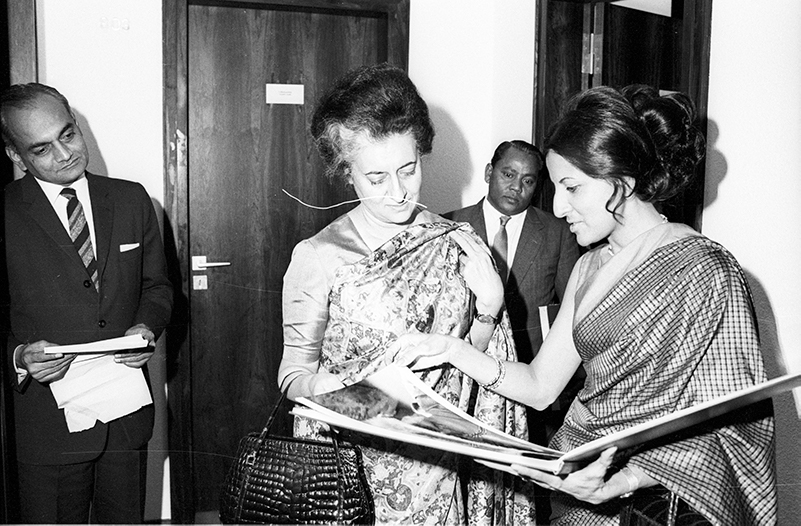
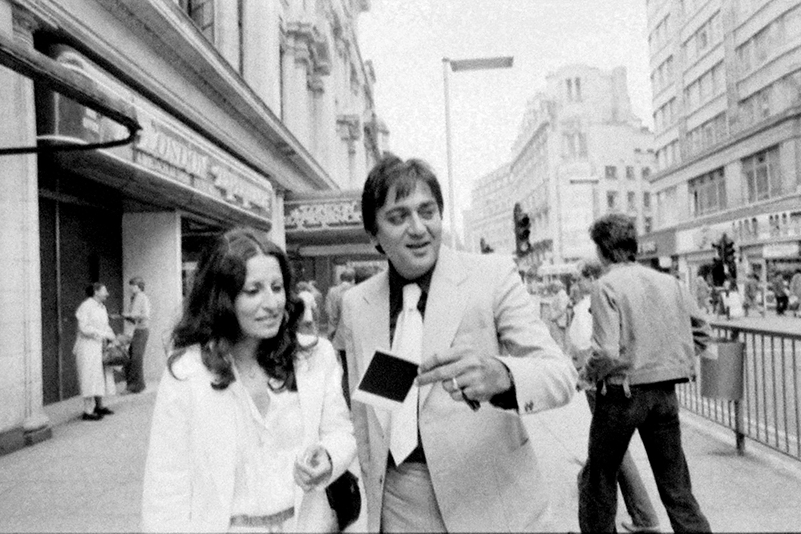
Bollywood star couple, Sunil Dutt and Nargis were good friends of the Ullal’s, starting their life in Germany. Jay’s voice soaks up nostalgia as he remembers his old friends who would visit the couple and they would take off on long drives around Europe noshing up Jay’s passion for sports cars.
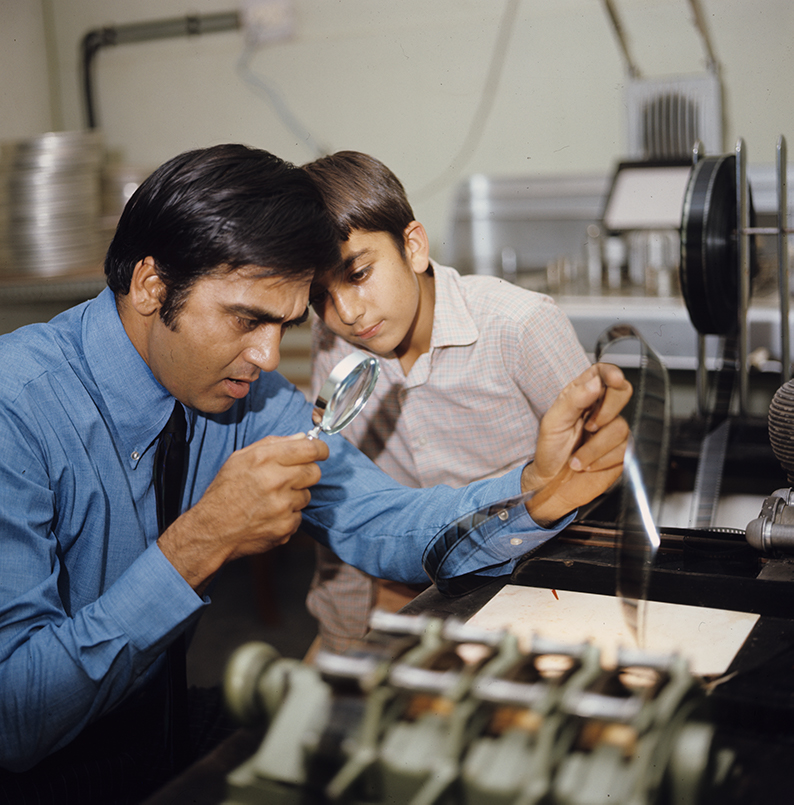

Drifting from his passion for cars to the role of chance in his life, to be present at the right place at the right time, Jay is modest and takes no credit for the people he met in his life, though diffidently agrees, “That’s right. I was lucky. But make
no mistake, the photographer should have a desire to connect with people- to capture something unusual and not known. They should have a purpose.” Jay’s photographs speak of the intimacy he shared with his subjects, a suggestive glimpse and an extension of his profound sensitivity.
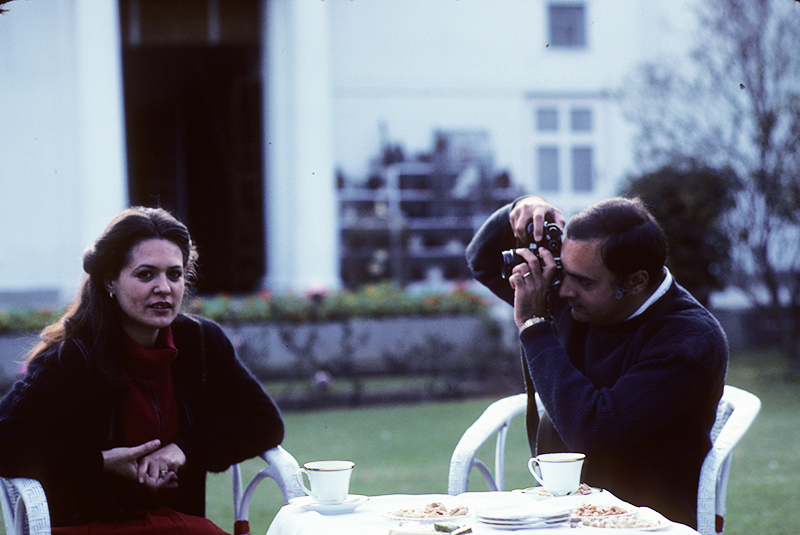
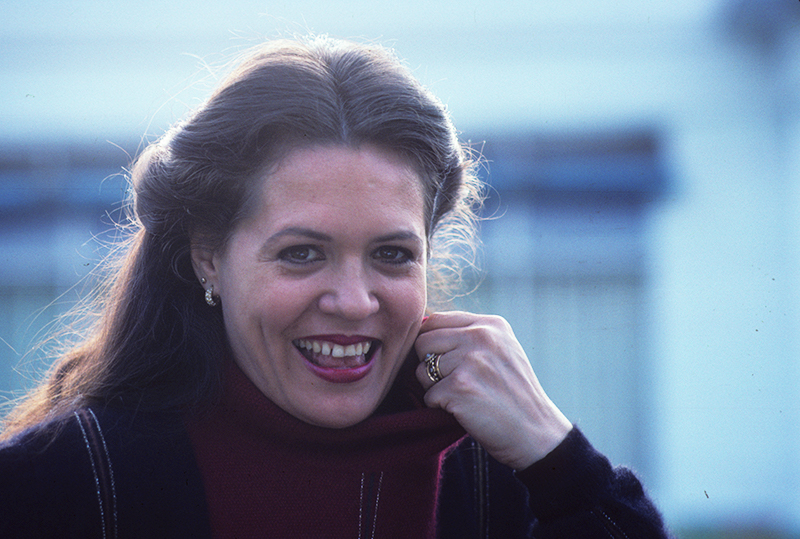
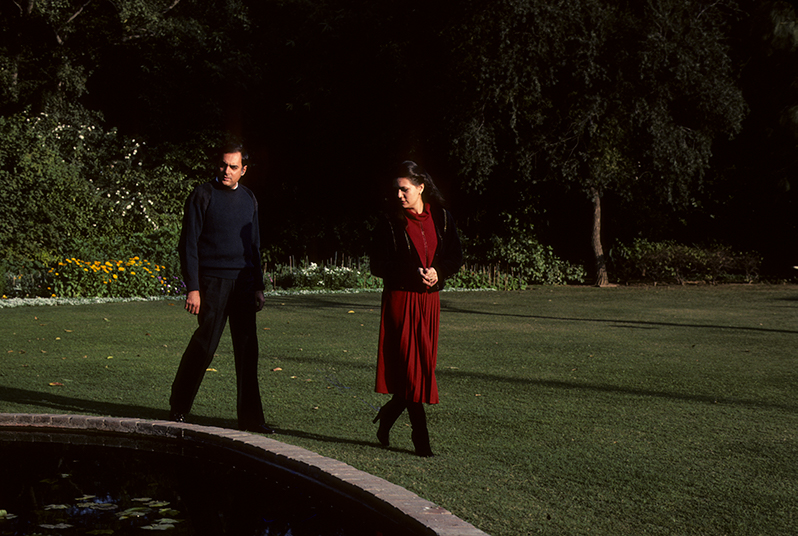
“Chances are not everything. Chance is given but you have to create something along with that”, says Ullal and the Internet lapses, suddenly breaking our conversation.
Hello, Helloo, Hello…
Jay: Okay, now I can hear you.
Diving straight back in, Jay continues on the story he did to raise funds for an SOS village, a non-profit organization working to support children without parental care. “Dalai Lama is a personal friend of ours. I know him right from the time he landed. And one time his sister was looking after the children at an SOS village in Leh, Ladakh and she wanted sponsors to provide 25 dollars a month for about 250 children.” Jay decided to do a story for Stern magazine and advertised it to raise money and within three months Stern collected around 18 million DM, the official currency of Germany at that time. “We decided to make fixed deposits of the sum collected as we were getting 18% interest on it, in those days.” And they built 5 schools in Leh for not just Tibetan children but open to all the children of Ladakh.
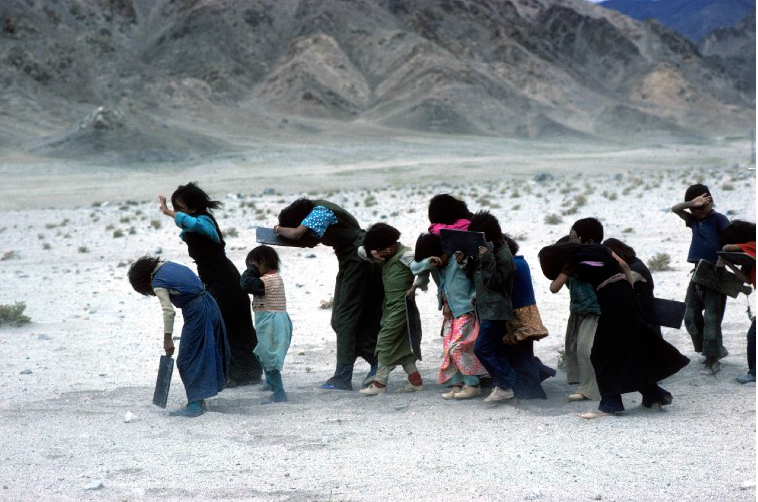
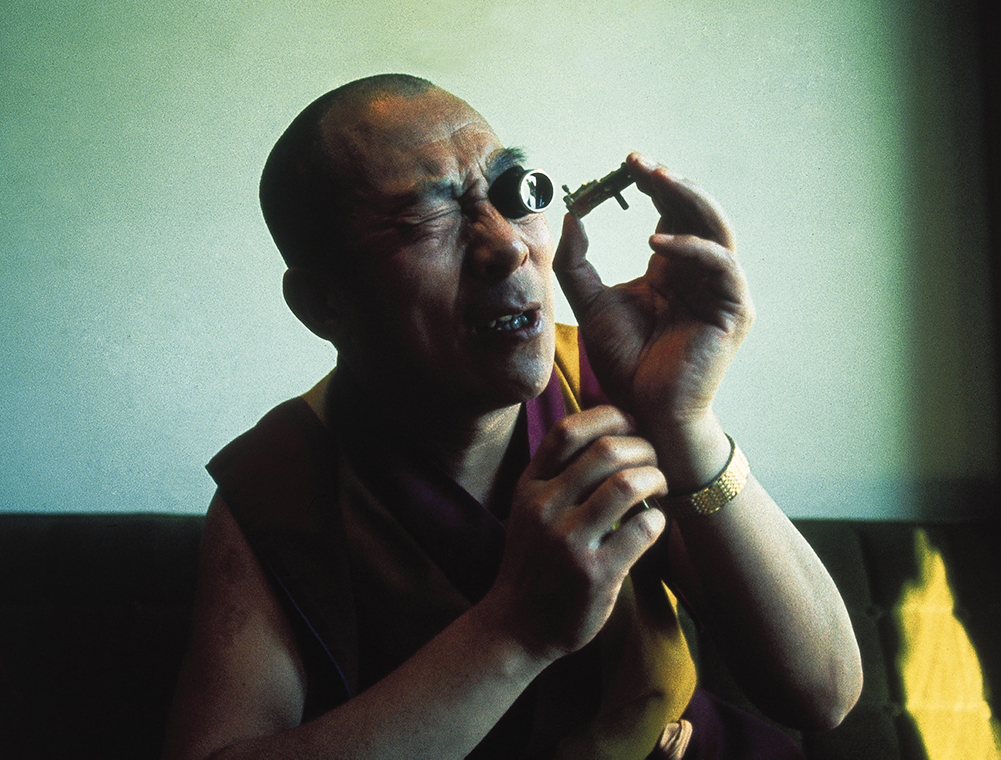
Jay comes across as a man most proud of his friendships, which he has built over time and across oceans; the world is truly his playground. He is tickled to talk about an instance when Sunil Dutt telephoned him from Bombay, asking for a favor. After hearing the news of the killing of Zulfiqar Ali Bhutto in April 1979, Dutt had heard that Bhutto’s wife was in Germany for treatment so he asked Jay if he could present a bouquet of flowers to her and wish her a quick recovery. Like a good friend, Jay immediately got on the plan. “ I asked my office to find out the hotel she was living in, I went to her room, rang the bell and a young Benazir opened the door.” Benazir accepted the flowers and was surprised at the mention of Sunil Dutt, the famous Bollywood actor. “Oh! Sunil Dutt is here!” Jay sadly had to disappoint Benazir but she insisted that he comes in and meets her
mother. “At that time, she had just finished her graduation in London and she gave me her card. I kept it and I had tea with both mother and daughter.” In a year’s time, the same young Benazir was flying out of England to fight Zia-ul-Haq for the next general elections in Pakistan. Jay telephoned the number that was on the card and it was Benazir herself who answered, “ Can two of us join you?” he asked. She agreed and Stern did a big story on her fighting the elections that she went on to win.
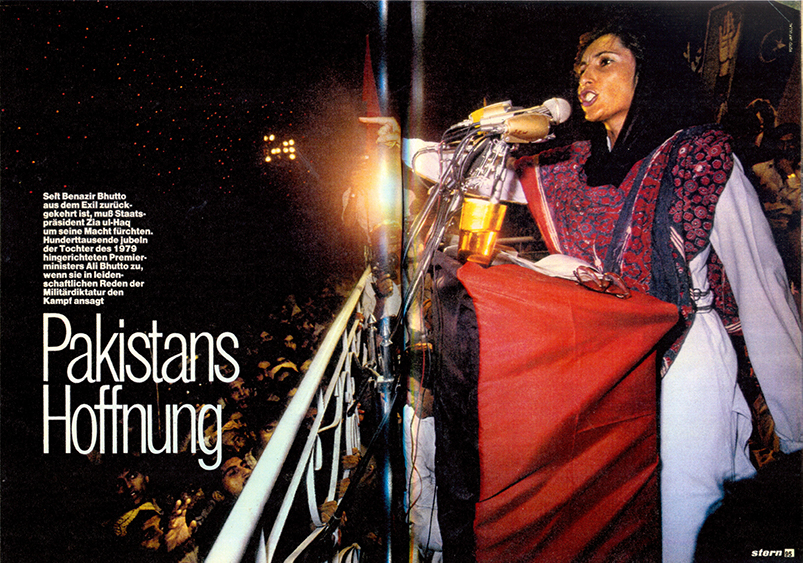
“I sent her a few copies of the magazine.” In response she posted a letter to Jay thanking him and later invited him for her wedding; with the wedding invitation was a small note. “ Dear Jay, I hope you will attend this ceremony.” Jay could not make it to the function as he was occupied with something else but he is happy to confirm that Sunil Dutt managed to be present at Benazir Bhutto’s wedding party.
The champion photographer’s life cuts an image of him also as a seasoned traveller. And the tales from his varied assignments made me wonder the high standard of professionalism he aspired for, just to meet his weekly deadlines. “The present system of journalism has changed a lot. In those days, they used to send the film rolls to the spot for photographers but now one can’t be asked. They sit on their desks and get their 20,000 digital photographs; they select the ones they want and publish it for peanuts.”
As a photographer myself, I was on tenterhooks to hold his line of thought and get his take on the comforts of digital photography from the perspective of an analogue photographer. “With time, journalism has gone far and forward but the quality of photojournalism has only suffered. Writing journalists can get the information digitally from anywhere on their computers. But photographers have to do the work, so that people can see the pictures.” For Ullal, photography is above and beyond the act of simply capturing a moment, he does not let the medium deter his belief in a good story; instead he highlights the possibility of finding and crafting ‘untold’ stories from the world at large.
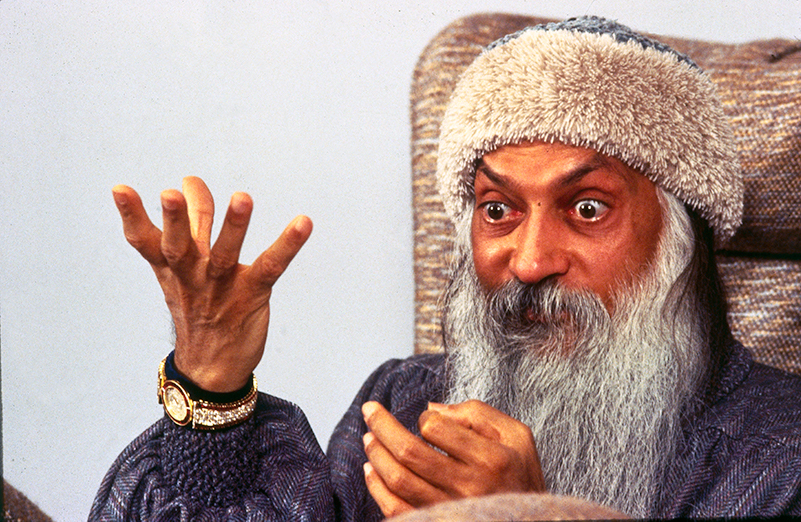
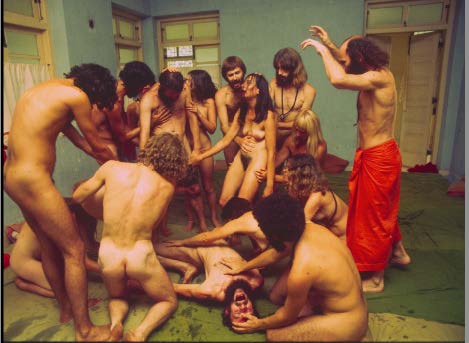
It was daring of me to ask a voyager about where his home is; but I did and Jay responded unclouded by sentiment, “I never wanted to give away my Indian passport but I had to wait for days sometimes to get the visa for my work travels. So, I was forced to do it and I feel bad.” In the same breath, he gets anxious about his next visit to India which he is unsure of due to the pandemic, “Every December, Rajni and I come to India for two months. My only thing to do when I visit is to meet all my friends and relatives.” Were you to wait for a chance to meet the extraordinary photographer in person, I’ll let you in on one of his secret haunts. You can find him savoring his favorite Bombay duck, a fried fish preparation at Café Britannia & Co. in Mumbai.
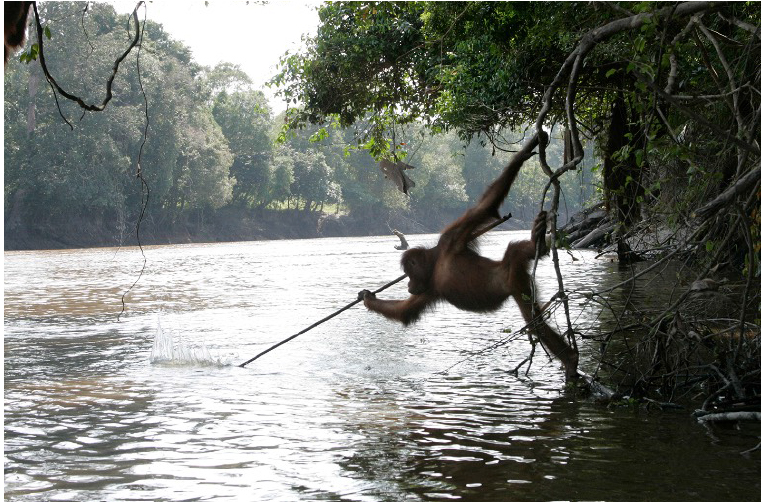
Out of the mirage, photography may come across- as an easy activity but the master photographer’s oeuvre of work makes you think again of the craft, not as an ambiguous process but more of a passion fueled by indomitable courage and a presence of mind. It was not the adventure of worldly ongoing that Jay pursued; it was the journey itself.
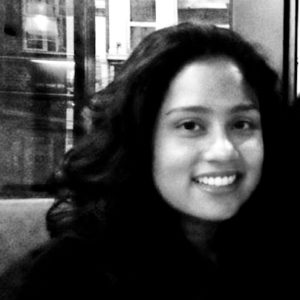
Pallavi Gaur
Pallavi Gaur is a freelance photographer based out of New Delhi. An alumna of Goldsmiths College, University of London, she was selected for the VII Photo Masterclass in 2016. She also works as a producer/researcher for video documentaries.

